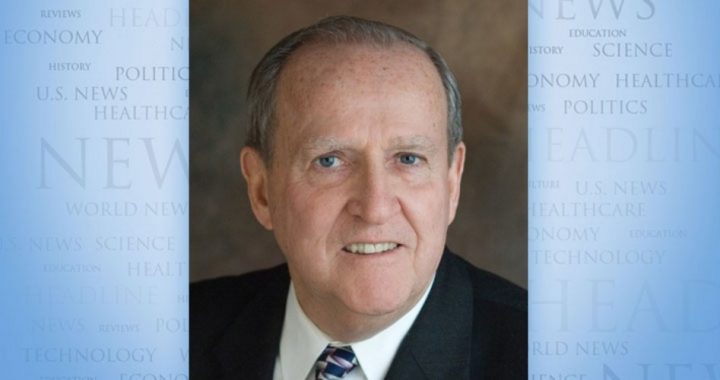
It was 15 years ago that sensational attacks by Islamic militants in hijacked commercial airliners crashed into New York’s Twin Towers, the Pentagon, and a field in Pennsylvania. Thousands perished and investigations were launched but many unanswered questions remain.
In late June of this year, the New York Times published a front-page article written by two of its reporters about some of those unanswered queries. Specifically, were the 19 hijackers aided in their plot by the Saudi Arabian government? The Times article focused on 28 classified pages from the 2002 congressional findings that have been declared secret and kept from public scrutiny. The 28 pages have recently been brought to light, but what have they shared?
What we do know about two of the hijackers, Nawaf al-Hazmi and Khalid al-Mihdhar, is that they arrived in the United States on January 15, 2000. Neither spoke English or had any appreciation of America’s ways. They were taken care of via arrangements seemingly made by Fahad al Thumairy, a Saudi consular official stationed in Los Angeles who also served as an Imam at a mosque where the two men were seen. Another man on the Saudi government’s payroll, Omar al-Bayoumi, arranged for housing and provided for other needs of the two.
Bayoumi helped the two hijackers settle in San Diego where the local imam was Anwar al-Awlaki, an American who had become an extreme radical with ties to Al Qaeda. Awlaki eventually fled to Yemen where he became heavily involved as an Al Qaeda recruiter, continually inciting Muslims within the U.S. to engage in Jihad. He was later killed in a drone attack at his base of operations in Yemen.
Questioned about Hazmi and Mihdhar, former San Diego-based FBI official Richard Lambert stated, “I have to believe something was planned for the care and nurturing of those guys after they arrived. They needed help getting settled and making preparations [for their deadly hijacking attack].” Thumairy lost his visa after giving unsatisfactory responses to questions about the two men and about his role as an imam. He returned to Saudi Arabia in 2003. And was questioned by American authorities in 2004. Unsurprisingly, Thumairy insisted that his assignment at the Los Angeles consulate had been routine. But he also denied knowing Bayoumi despite the fact that 21 telephone calls between the two over a two-year period had been discovered.
After the Times article appeared, 9/11 widow Kristen Breitweiser released further details bearing on the secreted 28 pages and the connections of the hijackers. Working with four other 9/11 widows who are collectively known as the “Jersey Girls,” Breitweiser told of a terrorist summit held in Malaysia in January 2000 attended by Hazmi and Mihdhar and leaders of Al Qaeda from several countries.
The leading “Jersey Girl” claims that Bayoumi shared his phone with Hazmi and Mihdhar. She unearthed information showing 32 calls to the Saudi Embassy in Washington, 37 calls to the Saudi Cultural Mission in Washington, and 24 calls to the Saudi Consulate in Los Angeles by “someone” who had used this particular telephone. All of these calls were placed during the first five months of 2000.
So questions remain about Saudi Arabia’s connections with some of the hijackers. And, there are many more unanswered questions about the 9/11 attacks and the radical Islamists who conducted them.
Will the newly released 28 pages of secreted information provide some answers — even possibly showing that the Saudi Arabian government had a hand in caring for some of the 9/11 hijackers as they plotted their deadly attack?
However, cover-ups have become a regular feature of the U.S. government’s conduct. In this case, it seems that the beneficiary is the Saudi Arabian government. Why their possible involvement in a sensational crime should be shielded is a question that needs to be answered.
John F. McManus is president emeritus of The John Birch Society. This column appeared originally at the insideJBS blog and is reprinted here with permission.



